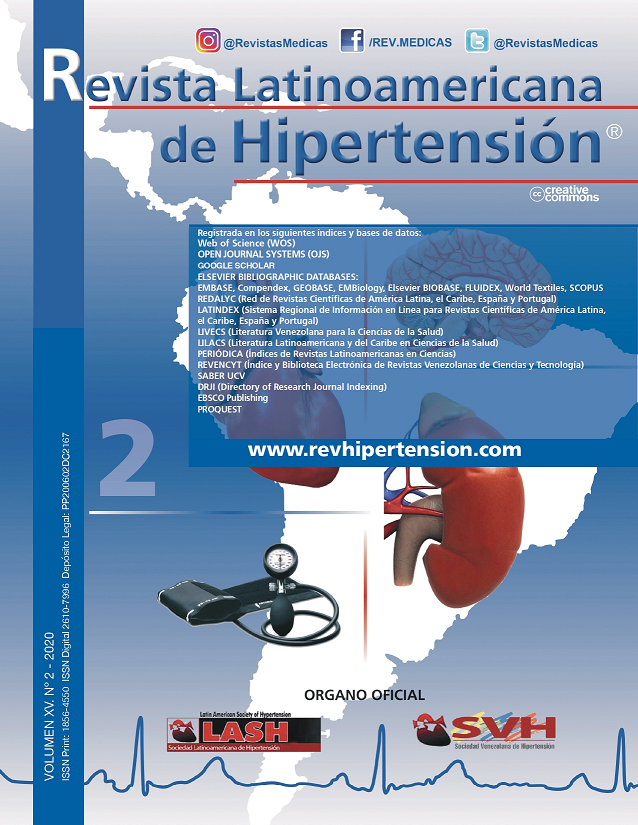Bleeding into the atrial apex in hypertensive emergencies
Keywords:
bleeding, hypertensive urgency, traditional Chinese diagnosis.Abstract
Aquasi-experimental and cross-sectionalstudy was conducted at the “CommandantManuel Fajardo Rivero”Hospital in Santa Clara, in the period from October 2015to June 2019, with the aim of determining the therapeuticresponse in patients with the application of auricular apexbleeding in hypertensive emergencies. The populationconsisted of all patients who attended the emergency departmentof that hospital with this diagnosis. The samplewas formed in a non-probabilistic way by criteria, consistingof 84 patients, distributed in two groups at random;one treated with the technique of bleeding into the atrialapex (Erjian point) and the other with a chewed captopriltablet (every 30 minutes) until the maximum dose of 50mg was reached (for the duration of the study). The principlesof medical ethics and the STRICTA guidelines foracupuncture research were followed. The main responsemeasurement variables were: traditional Chinese diagnosis,clinical evolution, remission time of blood pressure figuresand therapeutic response. Patients were evaluated atthe beginning, 10, 15, 20 and 30 minutes after the applicationof the treatments in both groups. The diagnosis ofhot-back disease by Yin vacuum, favourable clinical evolution,moderately short remission time and satisfactorytherapeutic response prevailed in 100 % of the patientstreated with atrial apex bleeding. It was concluded that inhypertensive emergencies this procedure was satisfactory.Downloads
Download data is not yet available.
Downloads
Issue
Section
Artículos

